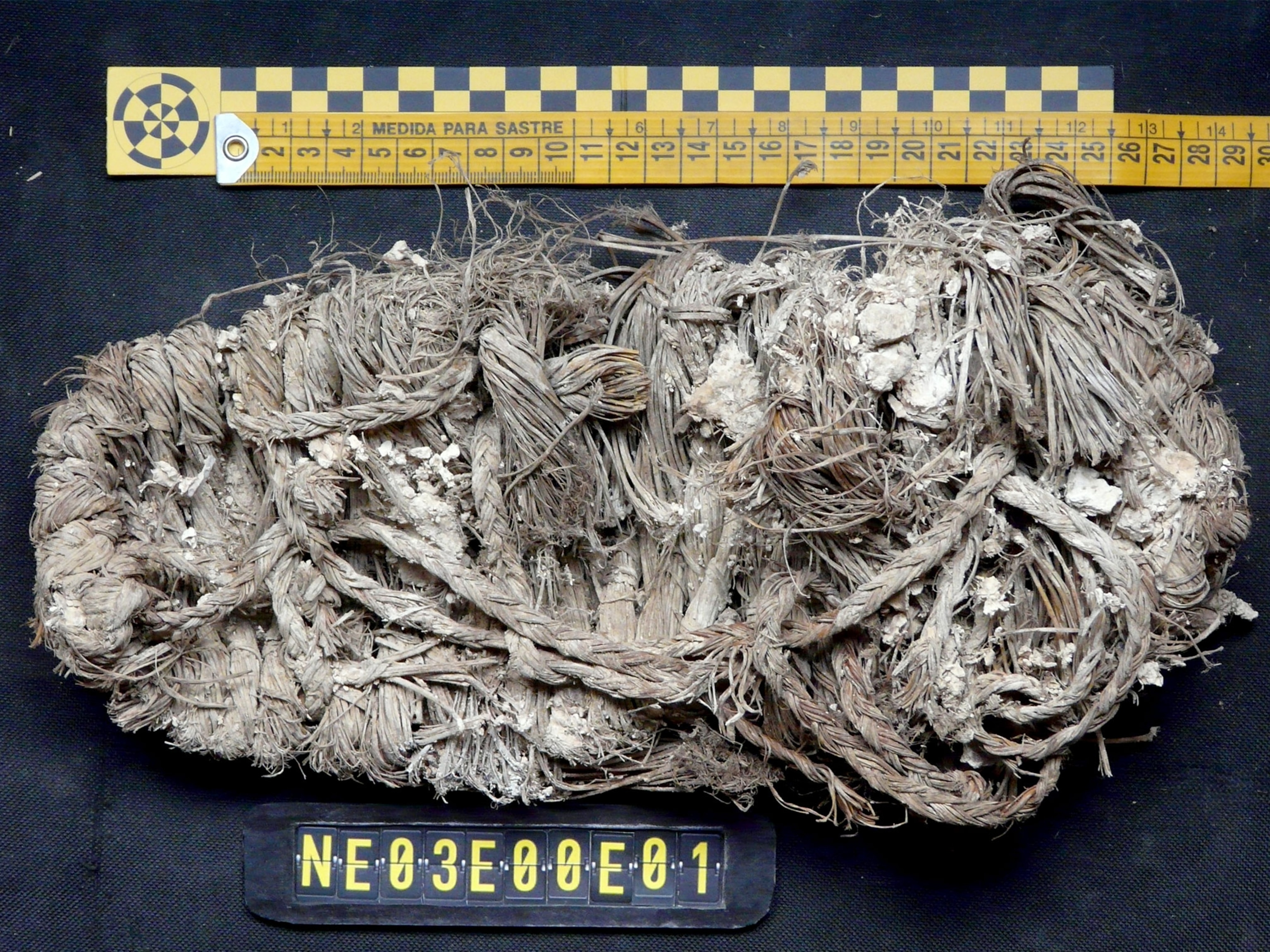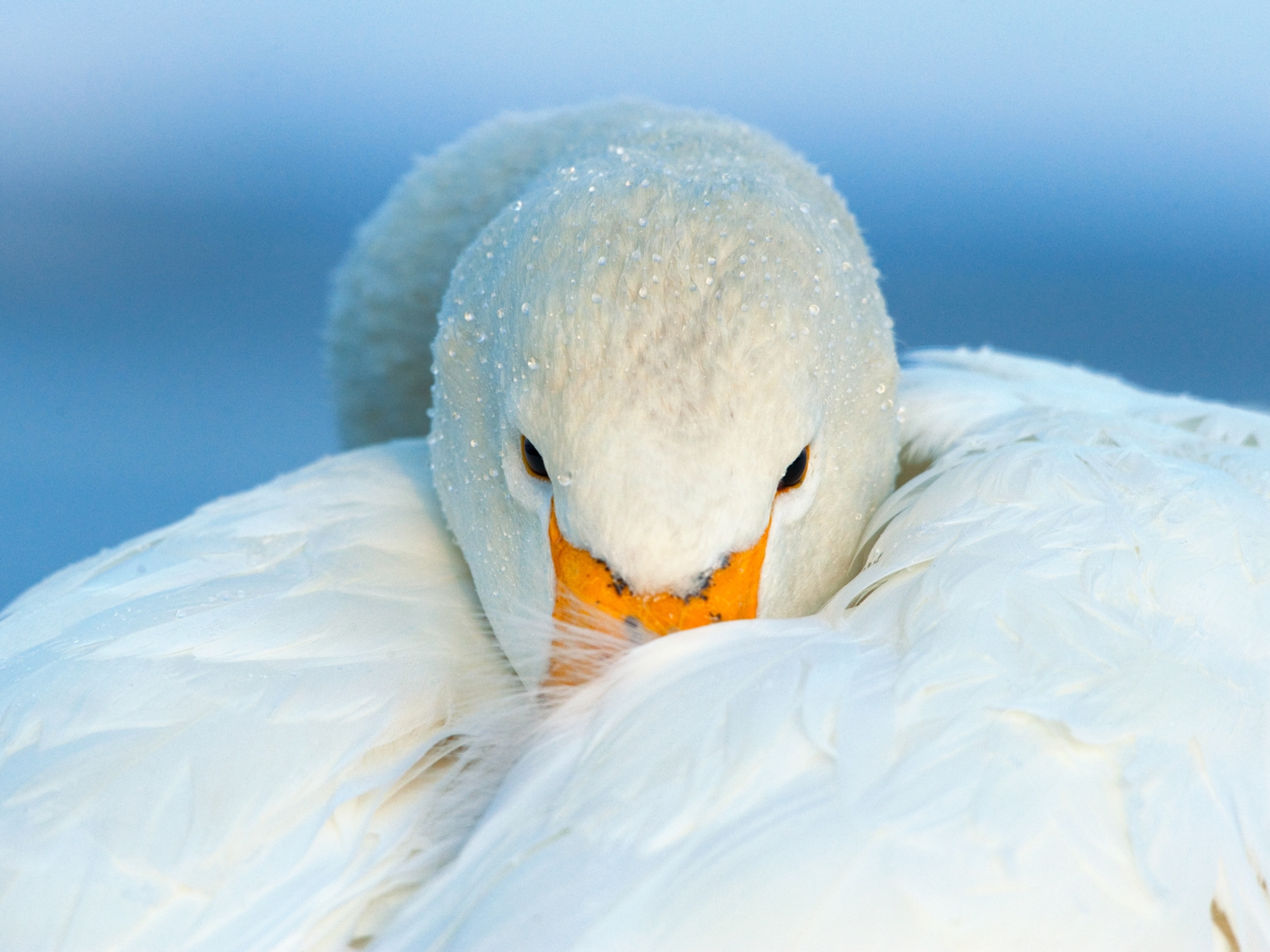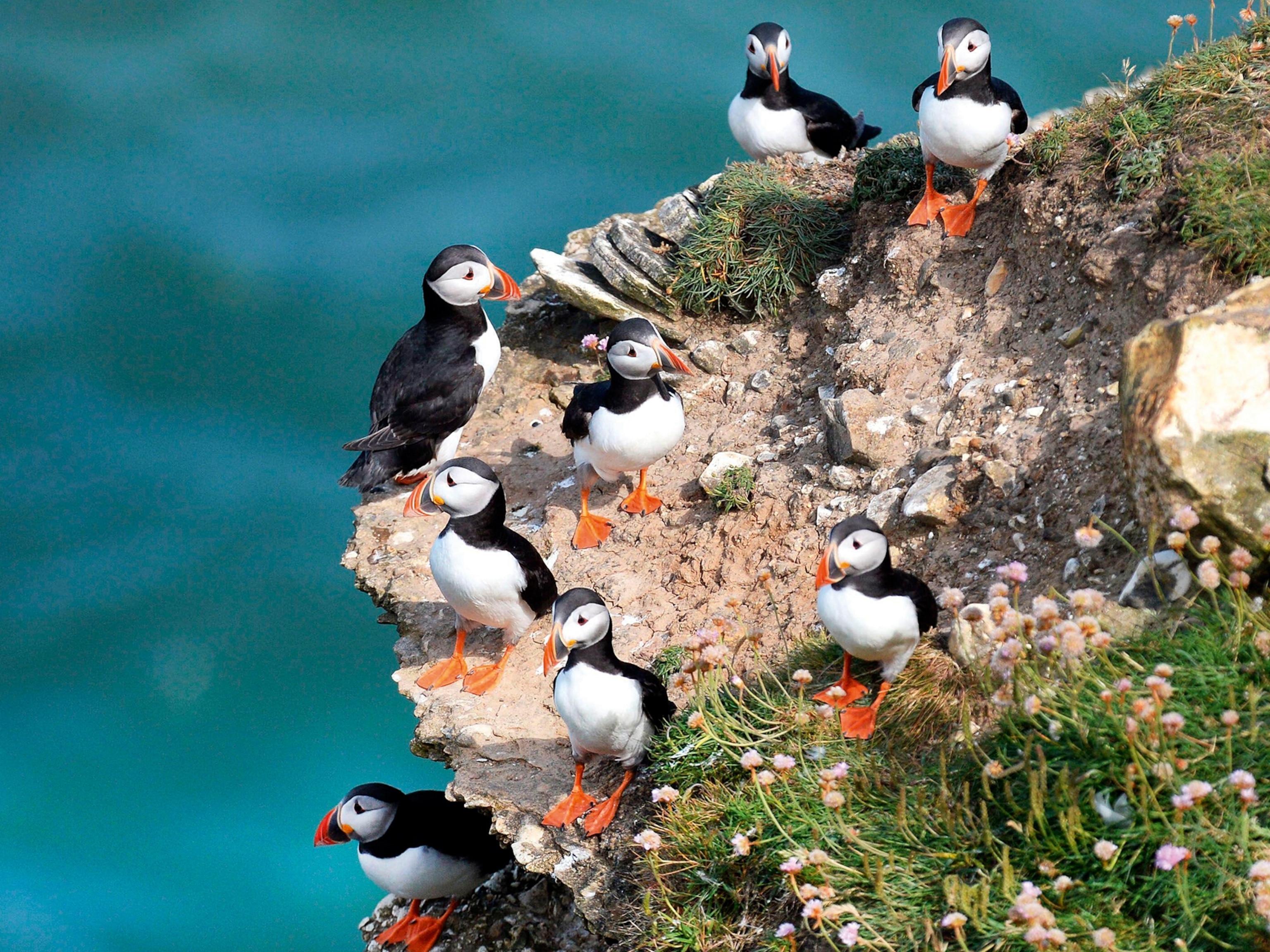Swans Found to Windsurf Across Water
When these birds want to go fast, they put up their wings and tails to catch a breeze.
Gliding slowly across a lake, swans are a picture of graceful leisure. But new sightings show that at least one kind of swan has a need for speed: For the first time, the birds have been reported windsurfing.
When Olle Terenius of the Swedish University of Agricultural Sciences first saw a white object scudding rapidly across the surface of a lake in 1999, he thought it was a windblown plastic bag. He was astonished to realize it was a mute swan traveling “at exceptionally high speed,” he wrote in his study appearing in the current issue of the Wilson Journal of Ornithology. The bird had its wings arched over its back, a pose called busking that male swans use to intimidate rivals.
(Read "Watch People Rescue Entangled Swans—How Did It Happen?")
Fifteen years later, Terenius finally saw more windsurfing swans. He even captured cell phone video of one swan skimming a quarter of a mile at an estimated three miles an hour.
Windsurfing presumably saves the birds a lot of effort; a mute swan swimming at three miles an hour under its own steam would be the equivalent of a human playing squash, or 12 times more energy per second than while at rest, Terenius calculates.
A stately paddle is normally fast enough for mute swans, which are native to Eurasia but common in North America. At an average weight of 20 to 25 pounds and with wingspans of up to eight feet, the swans have few predators to fear or flee. Besides, moving all that bulk takes energy.
Despite their deliberate pace in the water, swans are fleet of foot on land. In unrelated experiments, a sprinting mute swan achieved a top speed of 22 miles an hour, creaming a researcher who ran for a college cross-country team. “There was no comparison,” says Bret Tobalske, director of the University of Montana’s Flight Lab, who took part in the effort. “It was like a fast car moving away from a station wagon.”
In the water, by contrast, a mute swan’s typical swimming speed is 1.6 miles an hour, says Kevin Wood of Britain’s Wildfowl & Wetlands Trust, who has studied the birds.
Mute swans do put on bursts of speed by oaring with their huge webbed feet. But they don’t paddle long distances at high speed without a wind assist, Terenius says.
The cell phone video supports Terenius’s argument that the swans “are using wind to speed up,” agrees Chris Perrins, official Swan Warden to Queen Elizabeth II and an emeritus ornithologist at Britain’s University of Oxford. Perrins theorizes that the trick was discovered by busking birds that happened to have the wind at their backs.
But Frank Fish, a biomechanist at West Chester University, has some questions. “I don’t know what the feet are doing,” he says. Maybe, he muses, the swans are relying on a combination of wind and paddle power. Fish also doubts the swan in the video was actually doing three miles an hour. Physical constraints on a swan-size vessel moving through the water make that speed unlikely, he says.
Even so, Fish finds it plausible that swans use wind power. “There is no other reason to have those wings deployed as they do,” he says.
Terenius responds that the swans almost certainly weren’t paddling, which would’ve made their movements jerkier. But he concedes his speed estimate isn’t definitive.





